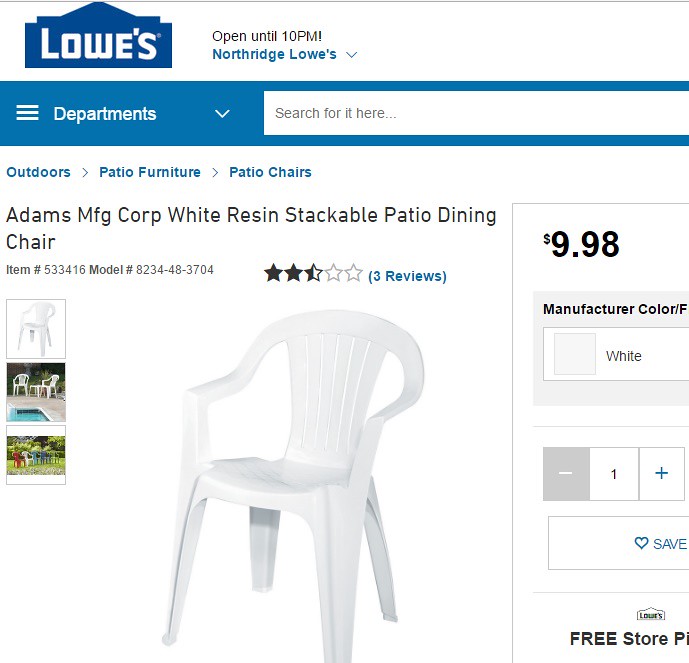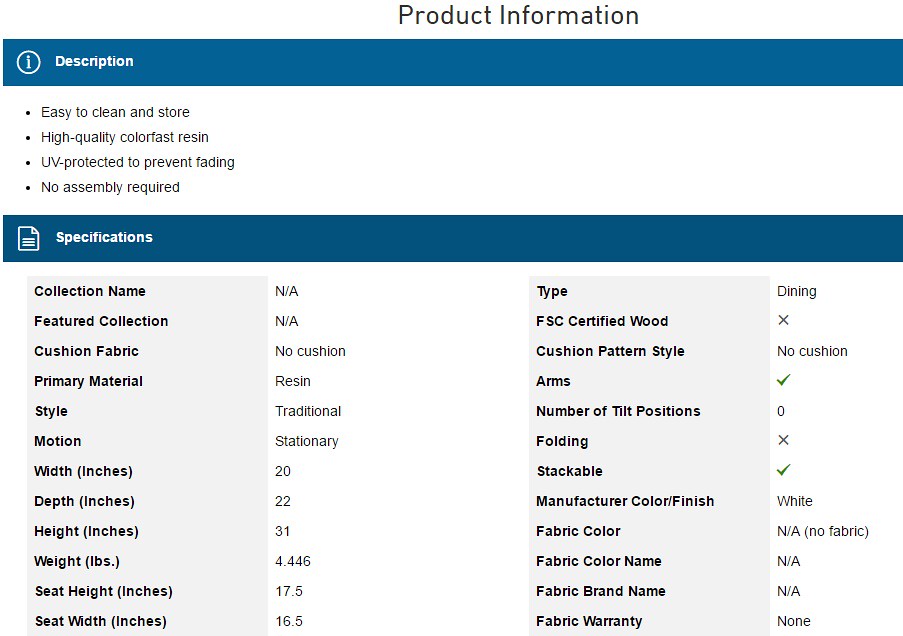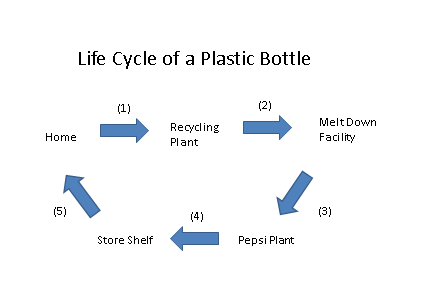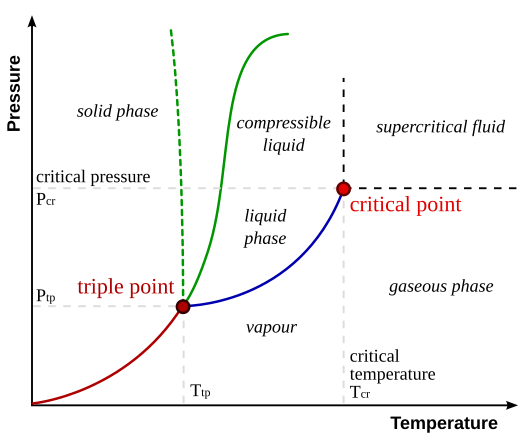Everybody Performs Science!
Yes, you read the title of the section correctly. Everyone contributes to science whether directly (as a profession) or indirectly (as a consumer). How is that possible? Simply by purchasing products and using the products throughout the life span of the manufacturers intended time frame, each of us are experimenting with science. Still not convinced? Let's look at more specific example to drive home the point.
Take for example, medicine. My father is a physician -- therefore -- I grew up around the hospital and hence other physicians. This is not the case for every son or daughter of a physician. Since my father chose (and still chooses) to live life around work, then we would be required at times to attend work too. I used to talk to various doctors growing up while waiting for my father to finish a surgery or a series of hospital rounds seeing patients. One conversation stood out in particular while making a lasting impression on me regarding the field of medicine.
I was talking with a physician who is an oncologist (cancer physician) while eating lunch one day. I asked him why with all of the advancements in technology has medicine not advanced much further. Why the lag in fields like personalized medicine? He first responded by deferring the topic of personalized medicine to look toward the progress of chemistry and biology at the university level as homework for me to do at a later point in time.
As far as medical practice goes -- i.e., treating patients -- he stated that I should look no further than the phrase 'medical practice'. Meaning, the field of medicine is a practice in of itself. As patients are treated for various diseases, the field of medicine advances. Treatments are studied in the field by the ability to cure a given patient. Remember, each of us are different -- which is why personalized medicine is promising. Now, moving on, to treat diseases doctors prescribe medicine -- right?
In a previous blog post, I showed videos which detailed the process by which prescription drugs come to the market. First, the research is carried out at the institution -- basic research -- to uncover the specific target sites involved in a given disease (mechanism). Once the target has been solved and a solution has been found (i.e., a small molecule which binds to the target), then the data is turned over the a pharmaceutical company to develop a drug. In that process, multiple drug trials are carried out (human volunteers). Upon completion of the three phase trials and certification -- manufacturing of the drug occurs. You might think that the monitoring process stops here. No way.
After the drug is on the market, the Food and Drug Administration (FDA) continues to monitor the drug's efficacy. How well is the drug performing among the larger population of patients with varying forms of a disease? The information is relayed back to the FDA. If a medicine is dangerous, the medicine can be pulled from the market. Now do you believe me that you are participating in science on a daily level?
The same is true for any given product that enters the market place. Therefore, each of us are actively conducting science without knowing that we are by living life and participating in evaluating technology (i.e. products). That is one reason why the federal agencies (FDA, EPA, CDC, etc.) are critical to our safety. These agencies monitor the food we eat, the packaging which the food is packaged in, back to the factory where the food is produced. The same goes for any other product. Federal agencies have been accused of wasting time and resources with federal funding. Do you believe that these agencies should see reductions in funding given their mission? The agencies ensure our safety with our tax dollar funding. I have written about this in the past -- click here.
Here are a few categories of scientific achievements (products) which have transformed our daily lives taken from the website "Compound Chemistry" titled "The March for Science – Ten things that chemistry has done for us":
1) Inhalational anaesthetics and intravenous anaesthetics.2) Different classes of antibiotics and how they work.3) Lithium batteries in phones, and current research looking at improving them.4) Oral contraceptives and how they work.5) How catalytic converters help reduce emissions from vehicles.6) Fertilisers: No graphics on the site on fertilisers (yet!) but there’s an article on all of the facets of the Haber process here.7) The chemistry behind petrol and diesel.8) A guide to some common household plastics.9) The elements in your smartphone, including a look at some of the aspects of the touch screen.10) The chemistry at water treatment plants that makes the water that comes out of your tap safe to drink.
Click on any of the hyperlinked topics in the excerpt above and the corresponding infographic will appear. And here is the accompanying infographic for the group of topics listed above:
The website "Compound Chemistry" is a helpful site for deconstructing chemistry of all sorts of products and phenomenon. I highly recommend checking out the various infographics to inspire learning more about science. Science is an ever lasting adventure through life. People of all ages can engage in science, especially given great web resources such as the website given above.
Eventually, each of us grow up to choose a profession to work in and contribute to society. I work at a university in the chemistry department. Other people work in various industries -- some not related to science directly. The point being that each of us contribute to and utilize science everyday -- whether we directly work in the field or not. Further, diversity is extremely important in finding solutions to a variety of projects. Which is why immigrants are so beneficial. Multicultural perspectives shine more light on how to improve the world overall. There is no question that each of us contribute to science on a daily basis and therefore should respect science and stand up for science when the field finds itself under attack -- as is the present situation.
Partisan Politics Endangers Science
Politics tends to not be very welcome in the field of science. Scientists see no use for politics except to raise funding levels to support scientific research at federal agencies. Science existed long before politics existed. Ancient people experimented with fire and looked to the stars without current technology and came to some astounding conclusions -- as we have read in the history of the world. Why do we need science then? Well, as I mentioned above, each of us have become scientists in one way or another and the possibility to untangle that coupling is growing weaker every day. Which is good!!
For the last couple of hundred years, the United States has operated like a democracy. The main feature of a democracy is that the people control the system. On April 22nd, a large percentage of the world will appear in the streets to stand up for science and show that there is a revival of science -- a movement. Here is a large excerpt of a letter written to politicians from the CEO of the American Association for the Advancement of Science regarding the motivation behind the science march:
On April 22, thousands of scientists will gather on the Capitol Mall for the March for Science, a nonpartisan set of activities that aim to promote science as a key driver of American prosperity and global quality of life, and the importance of using scientific evidence to inform policy. I wanted to take the opportunity to share why the American Association for the Advancement of Science (AAAS) is partnering with it, and offer our support in all you do to advance science.I want to state at the outset that AAAS views this movement as an affirmation of science, not a protest of any individual proposal or person. It is an affirmation that science improves human welfare and makes for successful public policy. The march is an opportunity for scientists and the science-loving public to tout the importance, value and beauty of science. Recent trans, like efforts to diminish scientific consensus and restrict free movement among scientific community, have certainly prompted concern among the scientific community. These concerns have compelled the scientific community to reflect on the state of science in our society, and have forced us to face some hard truths -- that we cannot simply expect the science to speak for itself. Science needs advocates, it needs communication, and it needs action.This is where the March for Science comes in. The thrust behind this march is to simply remember what science is, why it is important, and how it benefits us all. Science, in its most basic form, is a process. It is a process dedicated to discovery and the observation of our world. When this process takes shape, boundless good happens from safer food and a healthier world to technologies that connect the globe and create jobs.AAAS stands behind this movement because of a shared recognition that scientists and engineers offer the public an open pathway to discovery that has deepened human understanding of the world and advanced innovations that have delivered significant economic benefits. This understanding and these benefits should be reflected in our public policy, and so we ask you to reaffirm these important principles and we offer to make the highest quality scientific information available to you on all important policy endeavors.
Wow! That is a great letter?
Well stated Dr. Rush Holt. Dr. Rush Holt is a former congressman from New Jersey who also served as the Director of the Office of Science and Technology under President Obama's administration. He now serves as the CEO of the American Association for the Advancement of Science. Recently, after the inauguration of President Trump, the AAAS started featuring a weekly video series offered on the facebook site to educate people about engaging in advocating for science.
At this point, you might be wondering why this is needed?
Fair enough. Upon entering office, President Trump has been rather vocal about reversing the work of President Obama regarding actions to fight climate change along with other environmental provisions. Specifically, President Trump has targeted the Environmental Protection Agency (EPA) to roll back the Clean Power Plan and the Clean Water Act.
These repeals are still making their way through the courts. In a previous blog post, I ask the question: Why Would A President Choose To Deregulate The Environmental Protection Agency? Especially given the responsibility of the EPA -- which is not limited to but protects our clean air and mandates that we have clean water. Can you imagine the U.S. without clean water regulation? Read here in a blog post to start to consider the possibility. After Flint Michigan, you would think that more regulation on big corporation would be sought after to ensure safety of the public water system.
At a time when the World Health Organization is calling for greater research funding for problems like overcoming 'anti-biotic resistance', reductions in funding make zero sense at all. Science is becoming a partisan issue when the fundamental practice of science is not political at the very heart. During the weekly facebook webinars on AAAS, different congressional staffers lead us to believe that members of congress are bipartisan in their support for science. If this is the case, then why pass the dishonest HONEST Act recently to throw out critical health care data for important studies such as air pollution. I have been entertaining these topics recently. Find out by clicking on the hyperlinked text to read my initial read on the issues.
Saturday's Science March is desperately needed as a starting point moving forward. People (citizens of the world) need to gather to learn and unite to elevate science. One March will not cure the problem. Although, by gathering at each March, people will have the chance to share and learn of others enthusiasm for science. Furthermore, to show how ubiquitous science is in our world. This is only the beginning though of the process moving forward.
Action Is Needed By Everyone
As you can see, the CEO of AAAS wrote the above letter to the following elected officials: . The intent was to elevate the fact that science is not partisan at all. Although science data should play a large role (as evidence) to affect policy decisions. In the past, scientists have written to President Trump regarding the adverse effect of his immigration policy would have on science (biotech industry specifically). Check out the letter here. In a follow up post, I showed how the President's words regarding immigration are hindering 'international student' enrollment into science related fields.
You will recall an earlier post from last year in which I discussed the benefits to the United States science system integrating international students have. American students are elevated (challenged) as a result and perform better understanding more international perspectives offered by different cultures. We are not a mono-culture. We are a culture of immigrants -- on which American history rests. Why stop now?
We must respect other cultures if we are to compete on an international level. We want to foster international relationships to elevate the role of creating a healthier planet by joining agreements like the Paris Climate Accord. Scientists wrote to the President regarding the importance of maintaining funding in the area of climate science. I provide the letter here. After signing onto the letter, each scientist was given the opportunity to comment on why climate action is important to their respective higher education institution. Comments can be read here.
Scientists are not the only people worried about this administrations actions regarding reversing climate change steps. Republican Senator Susan Collins of Maine voiced her own objection through a letter in which she opposed President Trump's nomination of Scott Pruitt for director of the Environmental Protection Agency. The letter is put into context and can be read here. Protecting the environment is a 'bipartisan effort' which requires the removal of politics and the insertion of scientific facts to drive policy.
Conclusion...
Each of us would like to live in a healthy and viable world - right? Recently, politics has inserted itself into the scientific process. President Trump did make promises to science during his campaign which can be read by clicking here. I would hope that part of those promises involve investing more money into scientific research. Which does not mean just to sell of oil from our strategic oil reserves to give a few hundred million dollars to the National Institutes of Health.
In a post last year, I wrote about the prospect of investing more money into promoting renewable energy jobs. Big investors like Bill Gates and Sir Richard Branson are investing heavily in organizations to promote renewable energy. Over the last few decades, coal has been in decline. Oil pipelines are still being built -- look no further than the highly contested North Dakota Access Pipeline. Hopefully, new technology will be built onto the pipelines to avoid catastrophic oil spills such as the historical spill in the Gulf of Mexico by the oil giant BP a few years ago. Although, given the daily demand for oil by the United States, reducing spills to zero is improbable at the moment.
Where does this leave us as a nation?
Beginning on Saturday, show up and join fellow citizens of the planet to elevate science. After, start to explore ways which you can make environmentally friendly decisions to further science and a healthy planet. Last but not least, call your local elected officials or write them (as I blog about here) and start a dialog about sustainable measures which you would like to see them vote "yes" for. Together, we can make a difference to improve the world by incorporating more science (evidence) based decisions into policy making in Washington moving forward.
Until next time, have a great day!











